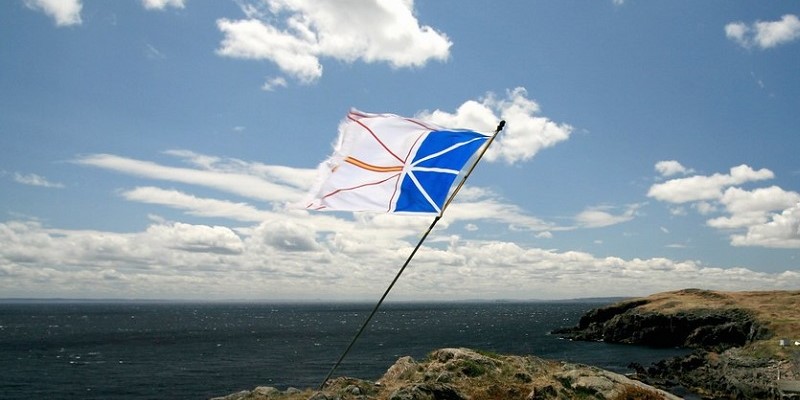Newfoundland and Labrador’s ‘Future Fund’ needs robust fiscal rules

To help deal with the ongoing challenge of volatile oil and gas revenues, the Furey government recently unveiled the Future Fund, which is intended to help manage provincial government debt and generate long-term benefits from onetime resource revenues.
Newfoundland and Labrador has traditionally funnelled revenues from the oil and gas sector into the yearly operational budget. But this is problematic because it tends to lead to increased government spending during good times—spending that’s not commensurately reduced when resource revenues decline. The result is routine budget deficits and rising debt like the province has experienced over the past decade.
As such, the Future Fund is a good policy response to this problem because it limits the amount of money available for annual spending. According to the regulations, the portion saved in the fund will vary depending on the amount of annual resource revenue. Historical averages suggest a contribution of 25 per cent of resource revenues in a normal year meaning the province could spend 75 per cent of total resource revenues. An average contribution rate of 25 per cent would be reasonable, so long as the provincial government is committed to it (more on that in a moment).
However, the experience of other oil-producing jurisdictions such as Alberta and Alaska raises some concerns about the design of Newfoundland and Labrador’s fund.
First, the legislation as proposed provides a wide range of possible uses of the fund and its earnings. Money can be withdrawn to service government debt or for any “extraordinary circumstance” deemed worthy by the lieutenant governor. And after 10 years money can also be withdrawn for any “strategic priorities recommended by the minister.”
Alberta‘s experience shows that without a clear goal for the fund, governments tend to spend the money at their discretion. Nearly all Alberta’s Heritage Fund earnings have been spent over its lifetime, which has significantly limited the fund’s growth. Put simply, Newfoundland and Labrador should consider narrowing the range of uses for the fund and its earnings.
Moreover, it should consider a constitutional rule for consistent contributions to the fund. While the government is currently required to save a set portion of resource revenue in the fund, the rule is based in statutory law, which can easily be changed by the provincial legislature. Alberta’s Heritage Fund, introduced in 1976, initially required that 30 per cent of resource revenues be saved annually. But that contribution rate was quickly reduced to 15 per cent and eliminated entirely by 1987/88.
In contrast, according to Alaska’s constitution, the state government must deposit 25 per cent of all mineral revenues into the fund each year. This constitutional rule is much more robust than a statutory rule and has contributed significantly to the size of Alaska’s Permanent Fund. (Both funds were created in year 1976, however, in 2019/20 Alberta’s fund was valued at just $16.2 billion compared to $65.3 billion for the Alaska fund.)
Finally, the current legislation for the Future Fund contains no provision for dealing with the effects of inflation—that is, rising prices that decrease the true value of the fund over time. The provincial government should legislate that a portion of the fund’s earnings be set aside annually to “inflation proof” the fund. Regular inflation-proofing has helped grow the Alaska Permanent Fund compared to inconsistent inflation-proofing in Alberta.
To end the boom-bust cycle in provincial finances, Newfoundland and Labrador must fundamentally change how it treats resource revenue. The Future Fund is an important step forward, but the Furey government should also introduce robust fiscal rules to ensure the fund’s success over the long-term.
Authors:
Subscribe to the Fraser Institute
Get the latest news from the Fraser Institute on the latest research studies, news and events.


